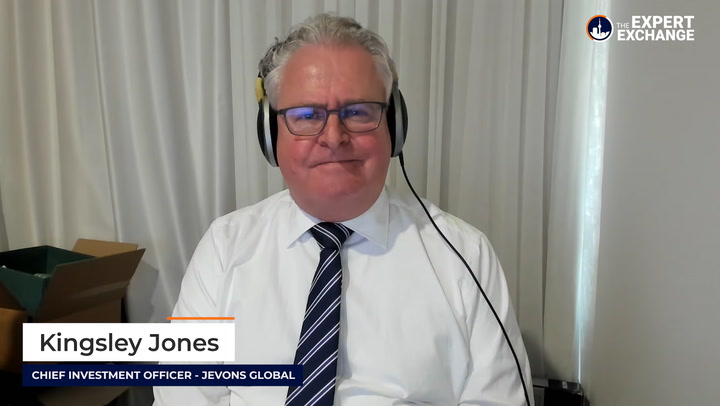- Consumer spending intentions fell by more than normal in January thanks to Omicron, according to the latest data from Commonwealth Bank’s (CBA) research arm
- The CommBank Household Spending Intentions (HSI) Index fell by 10 per cent in January to 103.8, largely driven by declines in the entertainment and home buying categories
- The index in January returned to levels close to the peak of the Delta lockdowns in September, but there is evidence that a recovery is already underway
- CommBank says its latest frequency credit and debit card data showed a broad-based improvement in spending growth im early February
- The bank warns, however, that smaller effects of the Omicron variant are likely to continue as the economy normalises in the months ahead
Consumer spending intentions fell by more than normal in January thanks to Omicron, according to the latest data from Commonwealth Bank’s (CBA) research arm.
The CommBank Household Spending Intentions (HSI) Index, which is designed to track not only what consumers are spending money on but on what they intend to spend money in the future, fell by 10 per cent in January to 103.8.
Seasonally, January usually sees an HSI Index decline of around 6.5 per cent after the Christmas holiday season. In 2022, however, the spread of the Omicron variant seems to have brought about a steeper fall than normal.
CommBank gathers the information for the index from its internally generated transaction and lending data combined with publically available Google search data to figure out current Australian spending habits and future intentions.
Of the 12 spending categories analysed in the HSI Index, nine still remain higher than they were in January 2021 even after the early 2022 decline. Communications and Digital stream is one of the only categories to sit lower this year compared to last, down by 2.4 per cent. Entertainment spending is down 18 per cent, and home buying is down 27.3 per cent.
CBA Chief Economist Stephen Halmarick said the CommBank HSI Index in January had returned to levels close to the peak of the Delta lockdowns in September 2021. The difference, however, was that this time there was already evidence of a February recovery.
“It is no surprise that spending intentions fell more than normal in January due to the spread of Omicron, with the biggest declines seen in the retail, entertainment and household services sectors,” Mr Halmarick said.
“Despite this, the index remains 1.4 per cent higher year on year, supporting our view that the economy continues to recover from the worst of the Covid-related slowdown.”
He said CommBank’s latest frequency credit and debit card data for the first week of February showed a broad-based improvement in spending growth, which suggests spending likely bottomed out in January.
This is further supported by the fact that despite a 20.9 per cent fall in retail spending intentions in January after months of consistent improvement, retail spending intentions are still 4.4 per cent higher than in January 2021. According to CBA, this is evidence that Australia’s consumer-led recovery remains intact.
As for household services spending, the overall drop was likely due to a general reluctance to have home visitors due to the spreading Omicron variant. However, money saved in some areas was funnelled into others: January 2022 saw higher spending on things like vets, child care, landscaping, swimming pools, tiling, and roofing services.
The bank warned, however, that smaller effects of the Omicron variant are likely to continue as the economy normalises in the months ahead.

-1280x720-800x430.jpg)
-1280x720.jpg?v=1)





